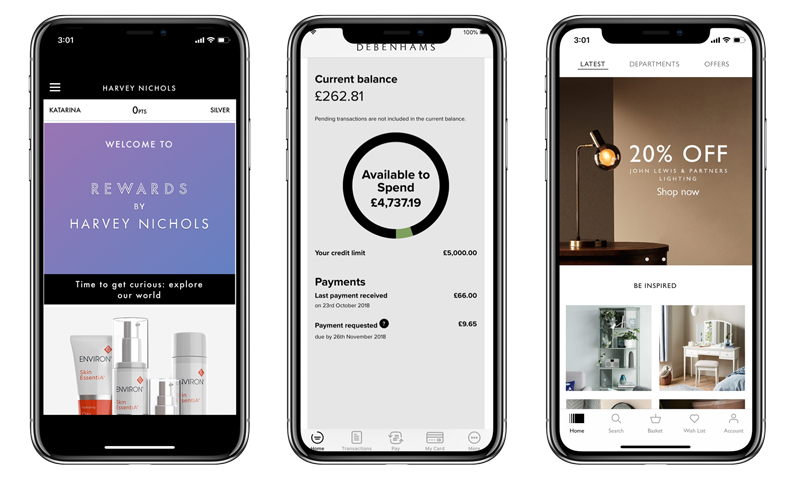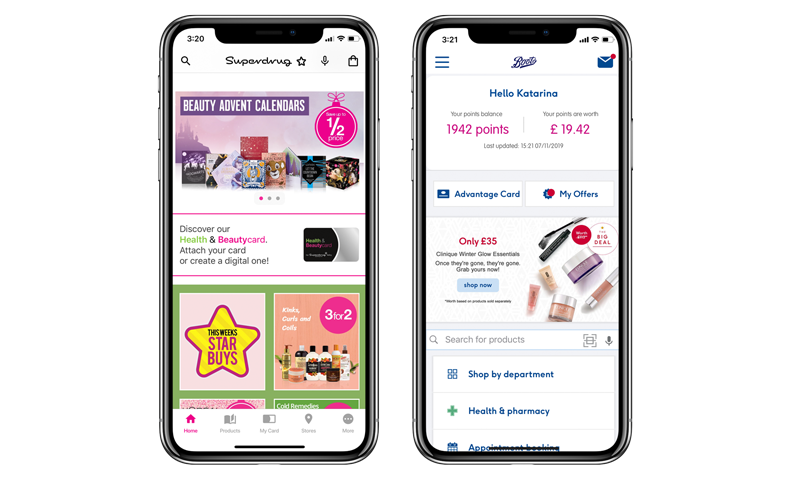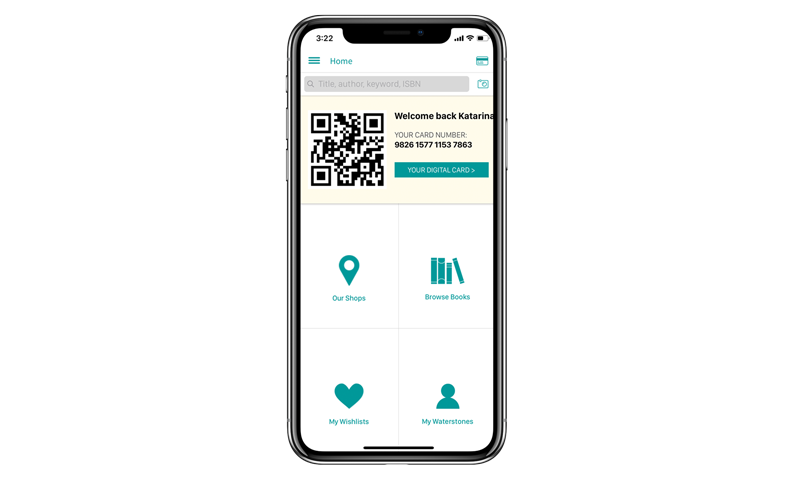4 reasons all retail apps should be transactional

Today, many shoppers will notice their favourite retailers on the Apple App and Google Play Stores. Leaders in the industry have come to understand the importance of providing their valuable customers with a feature rich and smooth shopping experience in the palm of their hands. However, some retailers have been slow to adopt a shopping app and have instead created non-transactional hubs for cards, loyalty points, and some click and collect possibilities. Unfortunately, without offering a shopping experience in app, these retailers are falling behind their peers and competitors and risk frustrating their customers and missing out on a potentially huge revenue opportunity.
Retailers need to be where your customers are
Over the years shopping app downloads have grown with downloads growing to 5.7 billion globally and in the past year install-to-purchase rates have skyrocketed nearly 50%. It cannot be ignored that shoppers, across all demographics and across various retail sub-verticals love shopping on apps. In fact, by 2028 Gen Z and Millennials will make up more than 50% of adult consumers. As a result, the need for a comprehensive and experiential shopping journey will become dominant and is currently becoming more dominant year after year.
Not only are you having to ensure that you meet shopper needs, but you need to be heard. The retail industry is crowded, with all different types of retailers fighting for the attention of the same customers. As a result, retailers without an app, not present where their customers are, are competing for attention are at risk of falling far behind.
Luxury British department store, Harvey Nichols, has a loyalty and rewards app, meanwhile Debenhams, another department store, has an app for its’ digital store credit card. Harvey Nichols has about 100 app ratings compared to Debenhams 18,000. However, its numbers are low when compared with John Lewis, a very similar type of retailer, who have around 53,000 ratings. John Lewis offers a rich shopping experience on its app. Their customers are not only able to access their loyalty account, but also shop for items in real-time in a more optimised fashion than on their mobile website. While Debenhams seems to have a significantly higher app audience than Harvey Nichols its relative app audience does not even reach half that of John Lewis.

By not offering the ability to purchase items directly through the app, retailers are losing customers to the competition. Your customers want to interact with your brand on app, even if they have downloaded your loyalty or digital store credit card app, they are showing a loyalty to your brand. But by not allowing them to your shop on your app, you are losing out on a great opportunity to provide an experience that will not only benefit your customers but also your business. We know that the retail industry is struggling, with store closures and plunging sales. So, it’s more important now, than ever, that you create an engaging direct relationship with your customers by being where they are – on app.
Customers want a unified experience
Modern customers do not want to feel like they are having totally different shopping experiences across online and in-store. They don’t want to notice your different channels. According to Shep Hyke from Forbes, “They just want to buy the way they want to buy, have their questions answered, their problems solved and their comments acknowledged. Customers care about the overall experience. But when you don’t provide a unified shopping experience, their shoppers aren’t able to buy the way they want to buy and ultimately they become frustrated.”
Consequently, if you don’t provide transactional capabilities on your apps you leave a gap in your shopping circle and create a shopping experience full of friction. Without the ability to purchase items through the app, your customers are forced to either take the time out of their day to go to the physical store and then use their loyalty app or digital credit card, or they have to switch between your mobile website and the non-transactional app to be able to redeem its benefits online. Ultimately the shopping journey is disjointed and inconvenient.
Superdrug, the British health and beauty retailer has an app that until recently was void of transactional capabilities. It added the ability to buy products, however, due to the fact that the company was late to join the transactional app party, it is not able to reach the same customer base as its counterpart, Boots. And, since the app was first built for loyalty, the user experience has not been well received with app reviews like “Not great!” and “Lazy app design”.
Boots, like Superdrug has a high focus on loyalty, however, their app also provides seamless shopping and appointment booking possibilities – resulting in a loyal app customer base. The Boots app has around 295,000 reviews with a 4.8 star rating on the Apple App Store. Superdrug, on the other hand, has 449 reviews and a 1.9 star rating.

Single customer view and in-depth data
Merging the different shopping channels is also of great benefit. By having the shopping experience all in one place, you are provided with a single view of the customer and a new source of data about your most loyal customers. On top of that, app users are constantly logged in to your app – allowing you to have a continuous and comprehensive view into the shopper’s activity. You can utilise the powerful data to quickly integrate capabilities and implement data points across different environments to provide a seamless path to purchase.
With time turning into a commodity, customers want to buy what they want, when they want, and with speed. According to a report by Salesforce, 52% of global consumers expect to be able to find what they need in three clicks or less. By creating a unified shopping experience where everything they need can be found in one place, retailers will produce speed and customer satisfaction, leading to increased user retention.
Shopping apps provide a personalised experience
As consumers are primarily shopping on their phones and on apps, more than ever, you can no longer afford to provide a fragmented shopping experience because you risk losing your customers. In a recent report by Avionos, 78% of consumers polled said they are more likely to buy from a retailer that personalises their experiences. So, the app shopping experience needs to be personalised – making shoppers feel valued and creating a direct to consumer relationship.
Having a loyalty only app gives consumers the ability to shop on some other channel and gather points. A fully transaction capable app however, provides enriched ways of engaging with content and products, allows for direct communication through push messaging, captures unique user activity data and allows the shopper to feel connected to your brand anytime and anywhere.
With a simple loyalty app, there is only so much you can do with personalisation and it is limited only to the capabilities of either the loyalty card or digital credit card. So you can track a shoppers points or spending but you can’t provide that with bespoke product recommendations based on their previous shopping habits. And you can’t push notify them that there are new items in stock for them to browse right then and there.
Waterstones one of the longest standing book retailers in the UK has a non-transactional app that allows consumers to access their loyalty card and find books to click and collect in-store. As a result the app is incredibly limited, not proving bibliophiles like me with amazing recommendations, letting me know the latest Sunday Times bestsellers, or allowing me to immediately purchase my next book club book. For the modern shopper, in essence, this app does nothing of value and if anything produces more frustration with the need to spend time picking up a book in-store and not providing a tailored experience that helps consumers find what they want.

A personalised shopping experience is not a thing of the future, retail winners are achieving it now and those who aren’t are falling behind. It is imperative that if you want to survive and ultimately thrive, you need to adopt shopping apps – not just loyalty card or digital wallet apps. Give the consumers what they want and they will respond with repeat purchasing and positive feedback.


